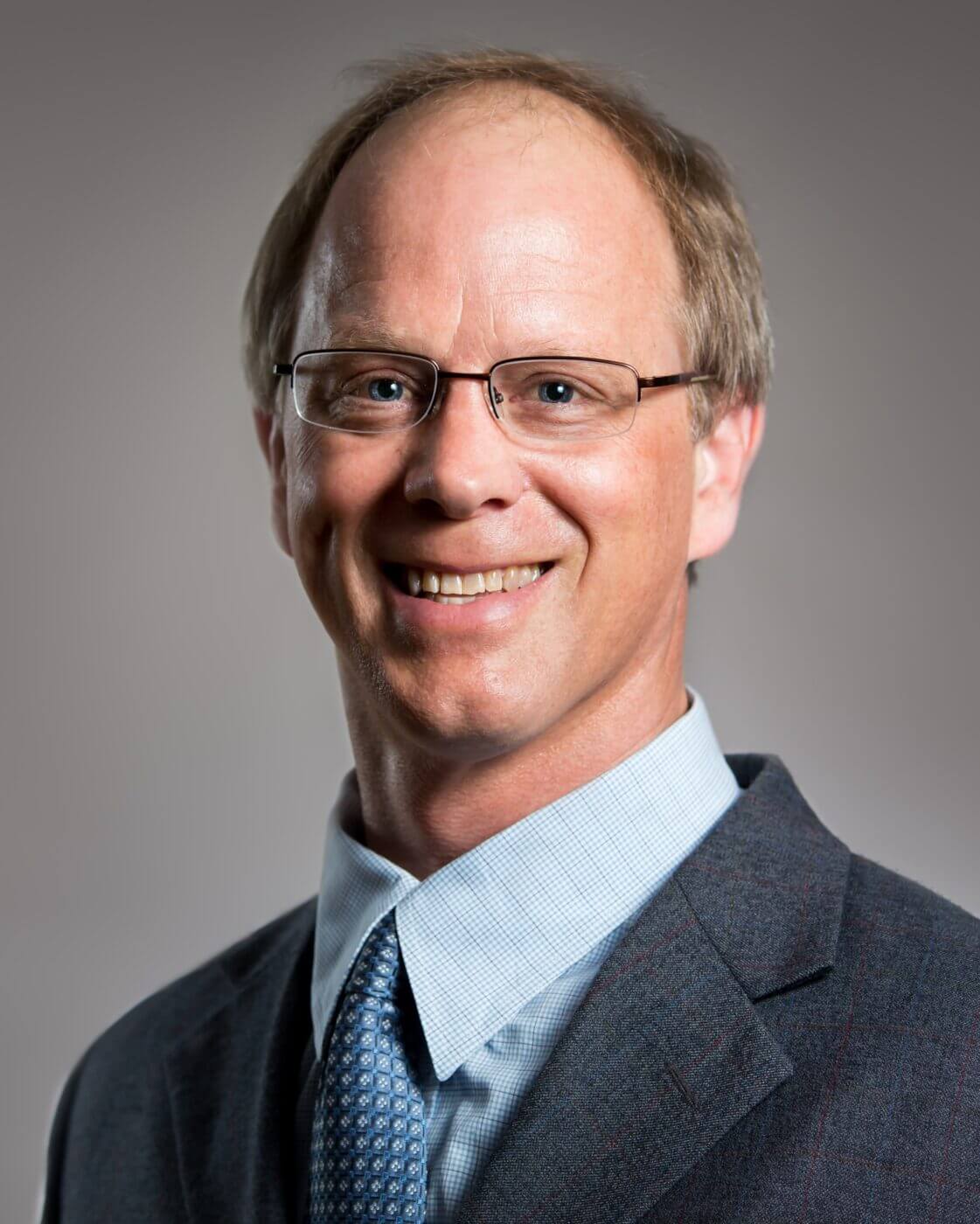Low Energy Heritage Building Retrofits – Insulating Safely
How can you improve the performance of heritage envelope systems? Explore new insulation solutions to improve energy efficiency, while respecting envelope preservation guidelines in this webinar.
Event Information
Low-energy building retrofits are a requirement of any plan to reach a carbon-neutral economy before 2050. Major existing building retrofits and heritage buildings conducted now will still be in service in 2050. To reach low-energy and low-carbon performance, high levels of insulation and airtightness are needed. How do you ensure you do not destroy the heritage fabric of the building with the resulting change in heat flow through the exterior walls? Does spray foam cause freeze-thaw risks in heritage envelopes/enclosures in cold climates?
This session will look at new techniques to analyze and model heritage building projects and how these techniques allow for a more rigorous and fact-based approach to insulating these buildings. We will look at the results of two projects and tie in the impacts of the building envelope/enclosure improvements (walls and windows) on the overall thermal energy demand intensity (TEDI) performance and greenhouse gas (GHG) reductions. We will also outline a building data monitoring program that is being introduced to practically assess the techniques used.
Learning Objectives:
1. Understand the importance of the building envelope/enclosure on energy use and greenhouse gas emissions.
2. Become aware of the new techniques for assessing heritage building envelopes/enclosures for freeze-thaw risks related to improvements in energy efficiency.
3. Learn solutions to heritage wall and window improvements from two project examples.
4. Tackle the myths of allowable changes to heritage building fabrics.
Watch The Webinar
Presenter:

David Kayll, FMA, P.Eng.
David is a senior engineering specialist, consulting to public and private organizations, building designers and contractors, for renovation and new construction. He is involved in energy and building envelope projects from Texas to Manitoba to Eastern Canada. David has worked in the various aspects of the industry from R&D to practical solutions in the field.